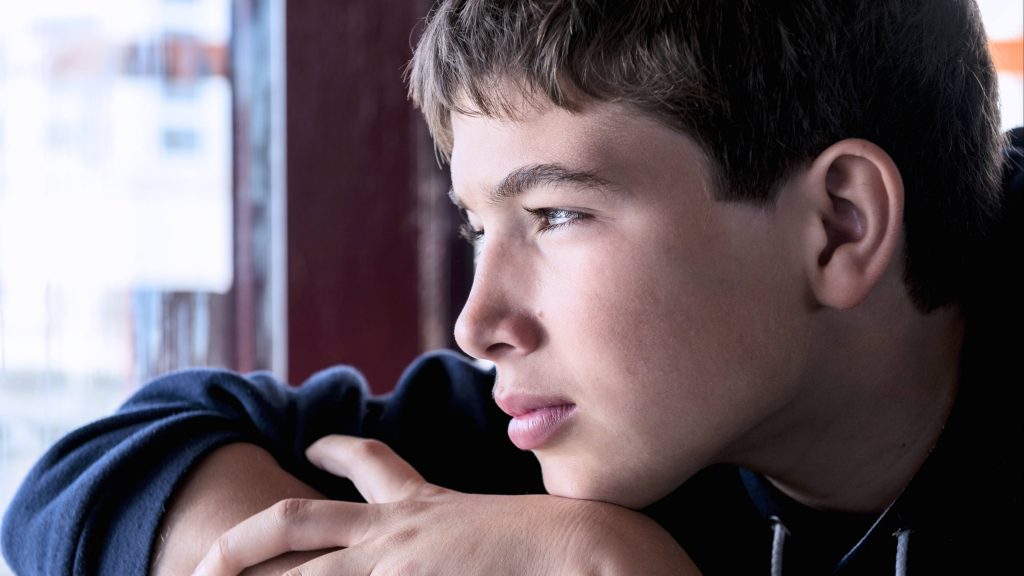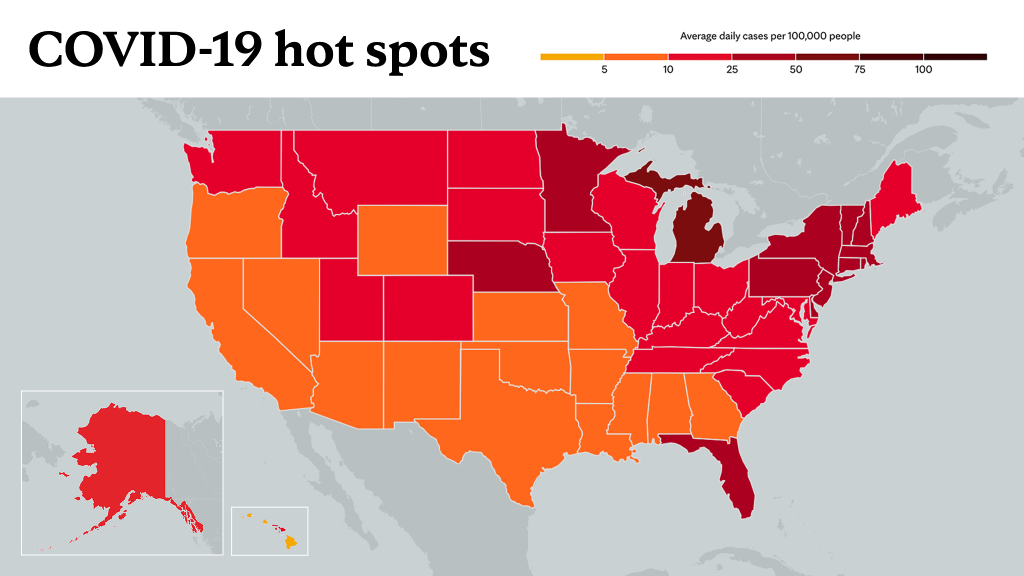
DEAR MAYO CLINIC: My 15-year-old son loves sports, and over the years he has played football, baseball and soccer, and fenced. COVID-19 put a damper on his gameplay as our community canceled many events and activities. Now, though, sports are resuming. Any advice for how I can ensure my young athlete can safely return to his games mentally and physically?
ANSWER: Sports certainly took a hit during the COVID-19 pandemic as youth, recreation and professional activities were canceled and put on hold. But now, as COVID-19 vaccines have become available, there is growing excitement as people look forward to the return of their favorite pastimes.
I have had the privilege to serve as the medical director for the Minnesota Twins for the past two years. In that role, I have had the chance to have this conversation with athletes of all ages and ability levels. But it is important, no matter the level of athlete — from pro athletes to weekend warriors to youth athletes getting started in their sport — to be prepared mentally and physically to ensure a smooth transition back to their game. I applaud you for looking out for your son's best interests.
When I talk to patients, whether returning to their activity after injury or a long layoff, I typically offer these five tips when it comes to returning to play in sports:
1. Set appropriate goals.
Determine your goals before you resume play. Is it for exercise? Do you want to compete recreationally? Do you have professional aspirations? It's important to be honest about your ambitions and abilities. They can be above or below what you are capable of, even if you are in good health.
2. Determine an appropriate timeline.
If you know you want to get back to a certain sport by a certain time, be clear about when you need to start your training, so you don't rush your preparation. For your son, for instance, if he says football is his passion, plan his activities accordingly so that he can be ready for the summer training camps.
3. Establish a logical progression of your activities.
This will depend on the sport, the demands of your position and the shape you're in. Whatever your starting level, you want to advance slowly — do a little more each week — without any undue pain or soreness. You may want to talk to your son about this and remind him that pain is not normal. Often enthusiasm causes athletes to try to take on a lot of activity at once, which can end up causing injuries or setbacks. Make sure you build in time for rest. Your body will need time to recuperate, especially if you hadn't been as physically active in a while.
4. Introduce one new thing at a time.
For example, if you were a former three-sport athlete coming back from injury, I would not recommend going back to all three sports at once. That's not to say that you can't resume all three sports eventually. Rather, prioritize them and do them one at a time.
5. Catch any injury when it's minor and intervene before it becomes something major.
I work closely with pitchers and athletes who throw overhead, so I always tell my patients — and their parents — that any pain that comes from throwing is abnormal, particularly for younger pitchers. Many young athletes do not want to stop playing and may try to hide their injuries. Coaches and parents should be on the lookout for any red flags in their young athletes, such as limping or moving slower than normal. For most injuries, if caught early, the road to recovery is much shorter.
As you and your son decide which activities are best for him, be sure to also remind him to continue following safe behaviors. This means wearing a mask, social distancing and following all hand hygiene measures. COVID-19 is still a risk. If your son has any other health issues, it is advisable to talk with your primary health care provider before he returns to vigorous activity. — Dr. Christopher Camp, Orthopedic Surgery, Mayo Clinic, Rochester, Minnesota
____________________________________________
Information in this post was accurate at the time of its posting. Due to the fluid nature of the COVID-19 pandemic, scientific understanding, along with guidelines and recommendations, may have changed since the original publication date.
For more information and all your COVID-19 coverage, go to the Mayo Clinic News Network and mayoclinic.org.
Learn more about tracking COVID-19 and COVID-19 trends.








